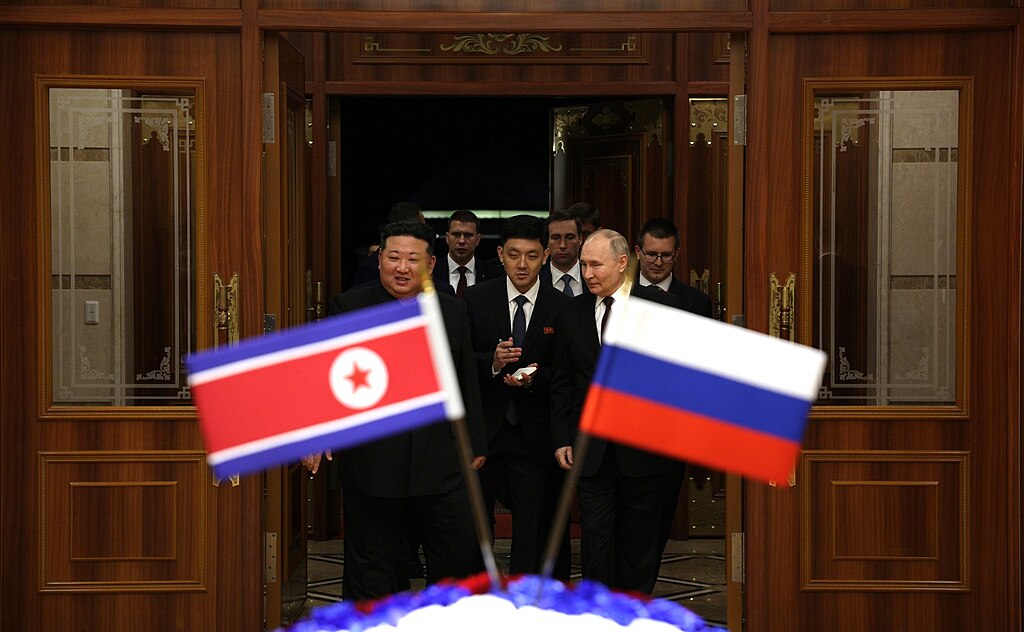Putin’s Two Very Different Trips to Pyongyang
HANKYOREH
APLN member Cheong Wook-Sik highlighted that Putin’s visits to Pyongyang, 24 years apart, reflect significant changes in the political landscape on the Korean Peninsula. To navigate the complexities of the new Cold War, South Korea must balance military strength with a strategy of peaceful coexistence and restraint.
The prospects for a Korean Peninsula economic community and northern expansions — which had been regarded as a “blue ocean” for the South Korean economy — have likewise evaporated. While Korea has made its way to a top-five military power in the world and its alliance with the US is supposedly stronger than ever — as is military cooperation with the US and Japan — still, there’s no end to the security anxieties.
That’s why we need to know our enemy and to know ourselves. Even if the North were to rise and the South to fall, there would still be a major disparity in national power. While Choson’s treaties with China and Russia are still mostly all paper tigers, South Korea’s alliance with the US and triangular alliance with the US and Japan have real and material force, as demonstrated by US troop stationing and joint exercises. But if, like the Yoon administration, we take this as the basis for triumphalism, South Korea will be left saddled with the paradoxes of the old Cold War and the risks of the new one.
It’s time to let go of the refrain of “peace by strength alone” and seek the wisdom of peaceful coexistence, while exercising restraint when it comes to flaunting the South’s superior strength.
The full article can be accessed here.
Image: Wikimedia Commons

